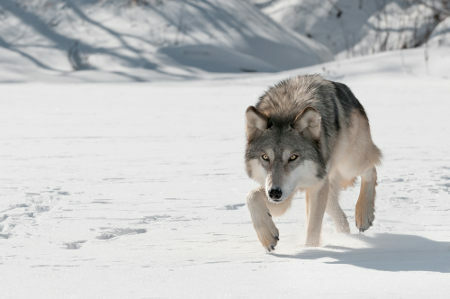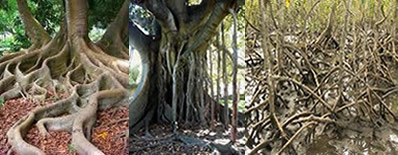You five kingdoms of living beings they are:
monera;
Protist or Protoctist;
fungi;
Plante;
Animalia.
despite this classification having already undergone changes nowadays, it is still much addressed in textbooks. In this text, we will deepen our knowledge of the five kingdoms and understand some of the changes observed in the most current classification systems.
Read too: Characteristics of a living being
Characteristics of the five realms of living beings
We know that, according to their similarities, all living beings are grouped into different categories, ranging from domain to species. O kingdom is one of categorys far-reaching and it encompasses living beings that have similar characteristics, but some important peculiarities. According to the classification proposed by researcher Whittaker, in 1969, the living beings can be included in five kingdoms: Monera, Protista or Protoctista, Fungi, Plantae and Animalia.
Kingdom Monera

The Monera Kingdom is a group with very simple beings. All members are formed by only one cell (unicellular), which does not have a defined nucleus (prokaryotic cell). Some representatives are able to produce their own food (autotrophic), while others need to extract their nutrients from other living organisms (heterotrophic). Included in this group are all species of bacteria and cyanobacteria.
Protist Kingdom
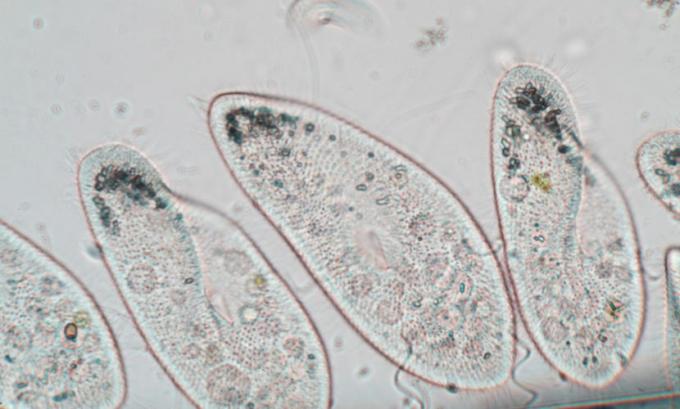
O Protist or Protoctist Kingdom, unlike Reino Monera, it does not have individuals with prokaryotic cells, being tall representatives eukaryotic.In this group, we find unicellular and multicellular beings and also organisms with autotrophic and heterotrophic nutrition. This realm has very diverse organisms, and many people even say that it is grouped with beings that simply do not fit into other realms. As representatives, we can mention the protozoa and the seaweed.
Kingdom Fungi

O Kingdom Fungi presents unicellular or multicellular organisms and with eukaryotic cell. All representatives, unlike the realms above, are heterotrophic, that is, unable to produce their food. This is the main feature that distinguishes this group of plants. Included in this kingdom are all mushrooms, molds and yeasts.
Read too: Living and non-living beings: what's the difference?
Kingdom Plante
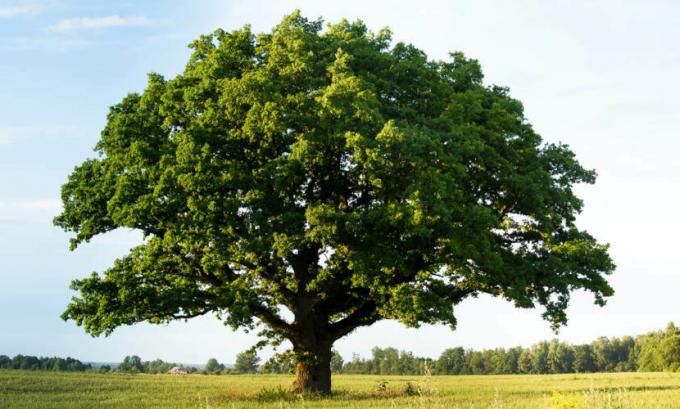
The Plantae Kingdom is composed of autotrophic organisms (with the exception of parasitic plants), multicellular and that have eukaryotic cells. It is a very diverse group and encompasses all plants existing on the planet. Plants have green algae as ancestors.
animalia kingdom
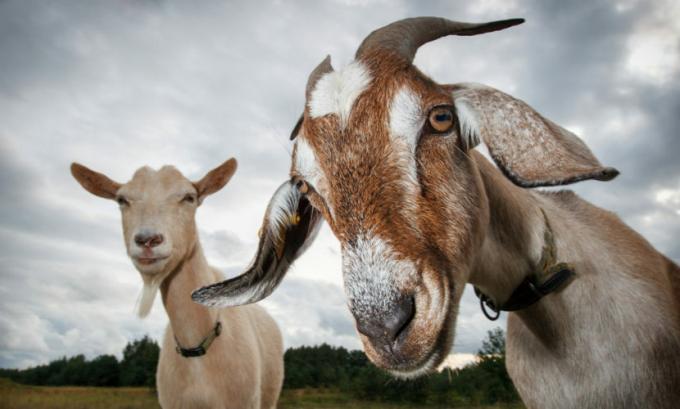
Finally, we have the Kingdom Animalia, the kingdom to which we belong. It has heterotrophic, multicellular and eukaryotic cell representatives.
We still have the virus, however they are not classified in any of the studied realms. Many scholars do not consider these beings to be alive, since they have no cells and no metabolism outside the cells parasitized by them. However, these beings have genetic material and are able to evolve, which makes many consider them living beings.
Read too:Are viruses living beings?
Ranking into six kingdoms
Many changes have occurred in classification systems over time. Initially, living beings were grouped into two large groups: plants and animals. With the emergence of technological advances, it was possible to realize that not all living beings could be classified into just two categories. Increasingly complex classification systems emerged.
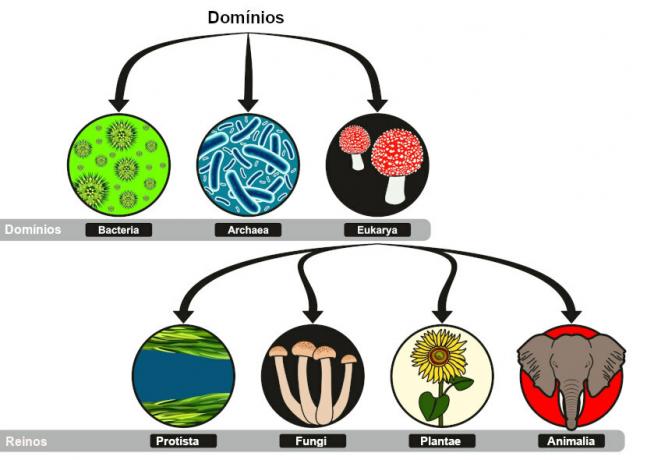
For a long time, the classification of living beings into five kingdoms was considered, however, according to that genetic analyzes began to be carried out, it was noticed that this classification presented glitches. In 1977, researcher Carl Woese proposed a division into domains (one category above kingdom) after performing ribosomal RNA analyses. According to this idea, living beings were grouped into three domains: Archaea, Bacteria and Eukarya.
With the division into three domains, we have some changes in the classification of realms. The main one is in the fact that two domains (Archaea and Bacteria) encompass prokaryotic beings, so the Monera Kingdom, which included all prokaryotes, ceases to exist. Thus, currently, the existence of at least six kingdoms: Archaea (Archaebacteria), Bacteria (Eubacteria), Protista, Fungi, Plantae and Animalia.
It is noteworthy that, as new technologies are created and more studies are being carried out, the classifications of living beings undergo changes. Today, if you delve into the subject, you will find that other divisions are proposed by different authors.


